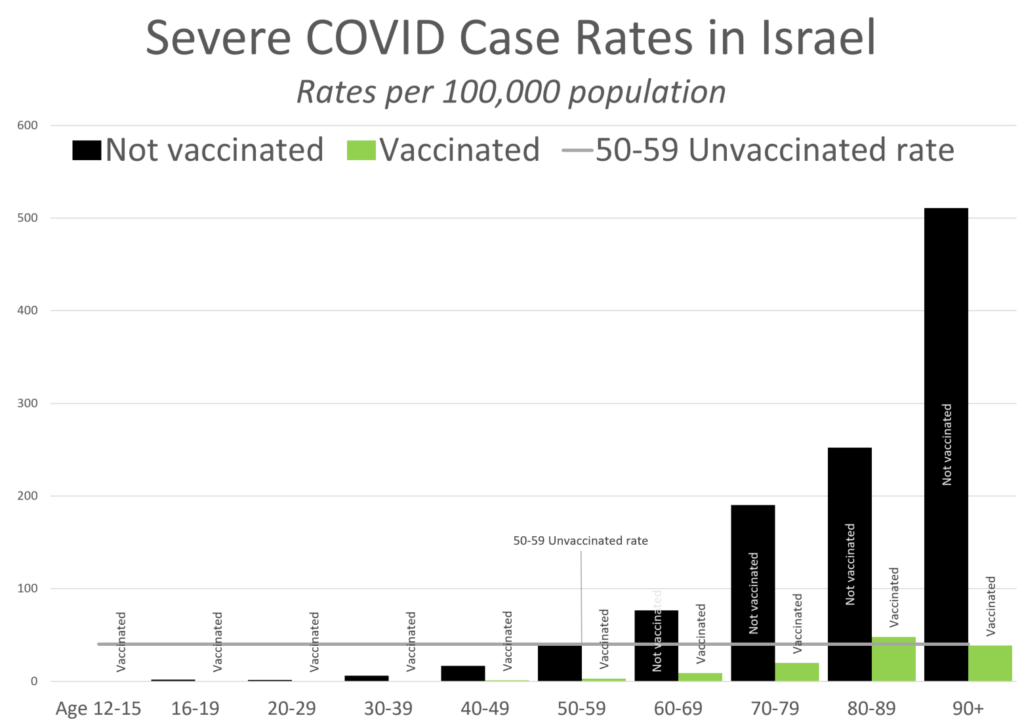Link: https://dicktofel.substack.com/p/a-call-for-more-proportionality-in
Excerpt:
My late wife spent the last two and half years of her life in a nursing home with a form of early onset dementia. While she was in her fifties, almost everyone else there was elderly. In each of the three winters she was in the home, the place was closed to visitors at some point because of flu. This added heartbreak to heartbreak, but it was entirely reasonable. Nearly three in four flu deaths in the last pre-pandemic season occurred among seniors. Someone aged 65 or more who contracted the flu had a chance of dying of it of about one in 120. (By contrast, while more than 85% of the breakthrough deaths are among those over 65, the COVID death rate for fully vaccinated seniors is one in about 25,000.)
That is to say that the risk of death from flu in a nursing home was almost a thousand times as large as the risk of death from COVID to the overall vaccinated population, and the risk of dying from the flu if you caught it as a senior was more than 200 times greater than the risk from COVID if you are currently disease-free, similarly aged and fully vaccinated.
Author(s): Richard J. Tofel
Publication Date: 2 September 2021
Publication Site: Second Rough Draft




